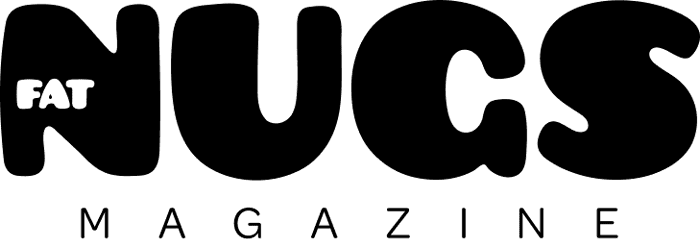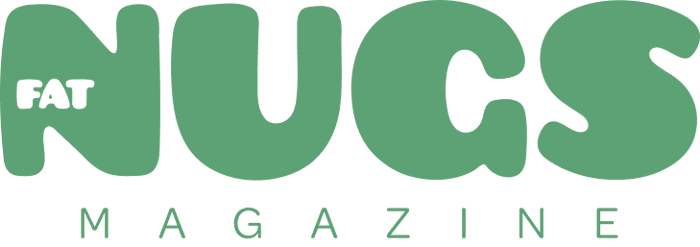Donald Trump, known for being unpredictable has injected new levels of uncertainty into the American economy. Even people who don’t pay much attention to the news have probably seen the sudden drops and surges in the markets. With so much chaos, it’s fair to ask what the cannabis industry might face as the potential for an economic recession looms.
America’s New Tariffs
On April 2, 2025 Donald Trump unveiled what he called “reciprocal tariffs.” A week later, on April 9th Trump rescinded the tariffs after global stock markets plummeted. While he asserted that these tariffs would restore free trade, the reality is that they were, and are much more likely to destroy the global economy as we know it. At the time of this writing the current plan is to revive global tariffs in early July, but a tariff of 125% has been levied on all Chinese goods and 10% on all other goods. (This information could very easily be out of date by the time this article is published.)
What is a tariff?
A tariff is a tax imposed by a government on goods imported from foreign countries. While the foreign country pays the original fee levied, they then pass on that fee to the consumer. Tariffs are a roundabout way of raising taxes on consumers.
The Hawley-Smoot tariffs are some of the most notable tariffs in American history. They were enacted in 1930 with the hopes of protecting American farmers and manufacturers from foreign competition. Instead, they forced the United States to plummet deeper into the Great Depression. In the modern era, tariffs are destructive and will have an overall negative impact on the American and global economies, but marijuana is largely protected from this and could even experience a bump.
Understanding Marijuana and Tariffs
Federal prohibition on marijuana forces every state to have its own production centers. Because the plant cannot cross state borders without triggering federal intervention, each state has had to create its own supply lines. These independent supply chains mean that there’s little involvement with international markets. Unlike automobile manufacturing, which has multiple supply lines originating at various locations all over the world, each state is largely self-sufficient.
Except for the plastics. China is the single largest producer of the world’s plastics, producing about 32% of worldwide plastic, but North America is the second largest producer. China is also a huge manufacturer of vape pens, including both the cartridge and the lithium-ion battery. According to Hoodie Analytics, the industry’s most comprehensive data source, the sale of cannabis vape pens generates close to $800 million across the US every month.
Vape Pens & Tariffs
Disposable vape pens are the product most likely to see a steep increase in price, since almost every part of the pen except the concentrate comes from China. Reusable vape pens will also increase in price, but they may become more appealing to cost-conscious consumers since they only have to buy them once rather than multiple times. Some suppliers may be able to switch their plastic supplier to a domestic producer, which may also keep prices competitive.
Edibles & Tariffs
Edibles may experience an uptick in price, since a lot of their plastic packaging tends to come from China. The average price of the typical 100mg edible in California is $15.85, while in New York it’s $27.19. Some edible producers may be able to change their packaging or their suppliers to keep prices consistent, or close to it.
Cannabis Flower & Tariffs
Flower, which is always the most popular product, is likely to hold steady since it has minimal reliance on plastic. Flower sales in the US generate close to $1.15 billion dollars a month across state markets. New tariffs on China will encourage cultivators to reuse the plastic pots that marijuana plants are cultivated in. Marijuana flower is sold to consumers in small plastic containers, as well. Most states do not allow retailers to wash and reuse those containers. If you’re a retailer who relies on single-use plastic containers, this would be an excellent time to lobby state representatives or the appropriate regulatory agency and insist that those rules be adapted in light of the economic forecast.
Could Tariffs Create Opportunity for Dispensaries?
Assuming that Donald Trump holds steady with his plans to levy tariffs in July, there could be a silver lining for the cannabis industry. If Americans are unwilling to pay for imported alcohol, from Germany, France, or South America then they may use their purchasing power at the dispensary.
We’ve seen what the imposition of tariffs does to the stock market, and there is no reason to think that July will be different from April. Stocks will fall sharply around the globe and fears of a recession will strengthen. When times are hard, more Americans lean into cannabis consumption. An economic collapse would push more Americans to their dispensaries. During the Covid-19 pandemic, many dispensaries saw a temporary boom, especially while lockdowns were in effect. If the bottom falls out of the economy, lots of Americans will be looking for a way to take the edge off.
About the Author
Bethany Niebauer is the Business and Mediation Columnist for Fat Nugs Magazine and the founder of Axial Resolutions, a mediation firm specializing in dispute resolution for the cannabis industry. With a decade of experience in the cannabis space, she writes about the evolving business and regulatory landscape. She lives in Denver.




